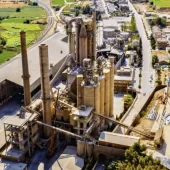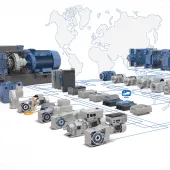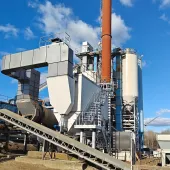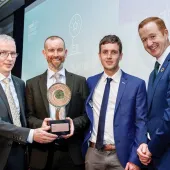The Future is Bright for Solar Power

Phil Winnington, managing director, Morris Site Machinery, takes a look at the power of solar
We’ve come a long way since the dark days when solar power was viewed and even dismissed as an untested, expensive fad which appealed only to the few. How times have changed.
Solar power is being embraced by more and more people as the world recognizes that our resources are finite and there is a real need for renewal, sustainable energy.
This year is shaping up to be the year of solar. Just consider the adventure of Solar Impulse 2, the first solar-powered flight around the world. The epic bid by pilots Bertrand Piccard and Andre Borschberg to fly the Solar Impulse 2 around the globe in a planned total flight time of 25 days spread over five months is inspirational.
The aircraft is powered by more than 17,000 solar cells built into wings that, at 72m, are longer than those of a Boeing 747. It’s an amazing challenge and one which aims to promote green energy and engage people around the world.
Back on home ground, it’s predicted that solar power could provide up to 4% of the UK's electricity by the end of the decade. Some say solar power will do to energy what mobile phones did for communication and markets.
From small beginnings and much scepticism in a nation not renowned for its sunshine there are now reported to be 650,000 solar installations in the UK, which includes panels on homes.
Okay, solar power has still got some way to go to be a major player in the energy stakes but we should welcome innovation and change. Surely now the time is right for our industry to climb on board and adopt new practices on site which save money as well as the planet by harnessing the power of the sun.
Hybrid site equipment combining conventional power has shown the way and become more accessible as the demand for new fuel and energy sources has gained ground. It was a natural progression from there to develop solar powered equipment which can be hired for site projects.
Solar power is no longer at the experimental stage, it has come of age and offers a real alternative which is reliable, robust and economical to run. It is worth considering your site needs as solar power is suitable for areas where you may not have constant access to refuel your equipment.
Such an option saves not only on fuel costs but the time and money of fuel runs to keep your equipment running. For example, a solar lighting tower can save up to £5,000* a year on fuel cost in addition to savings made on maintenance costs.
In addition using solar power sends a powerful message to your clients and the public at large that you are conscious about the environment and are a forward thinking operator.
* based on a study by Morris Site Machinery, cost correct as of September 2014, and compares to standard SMC TL-90 tower light.









